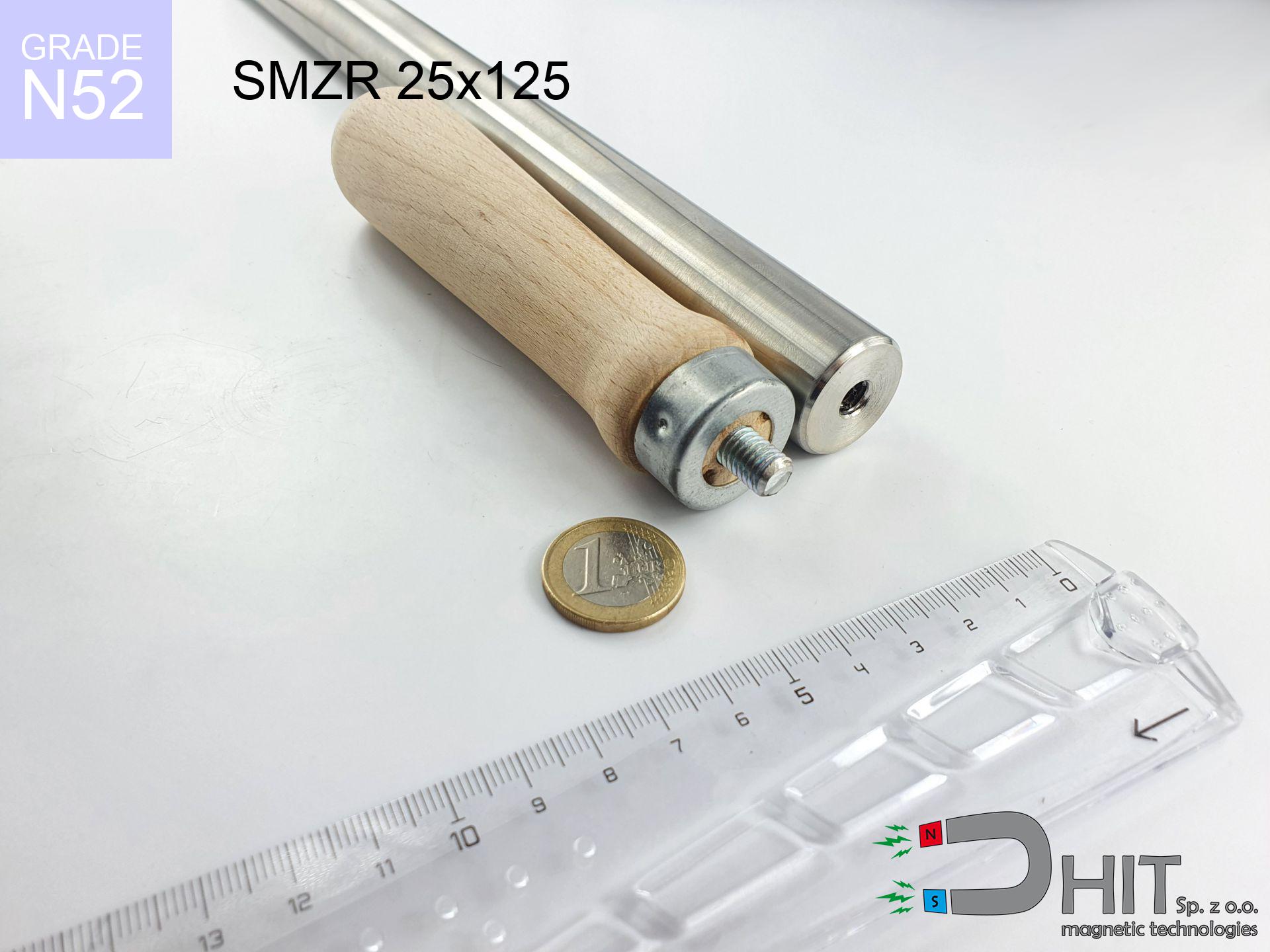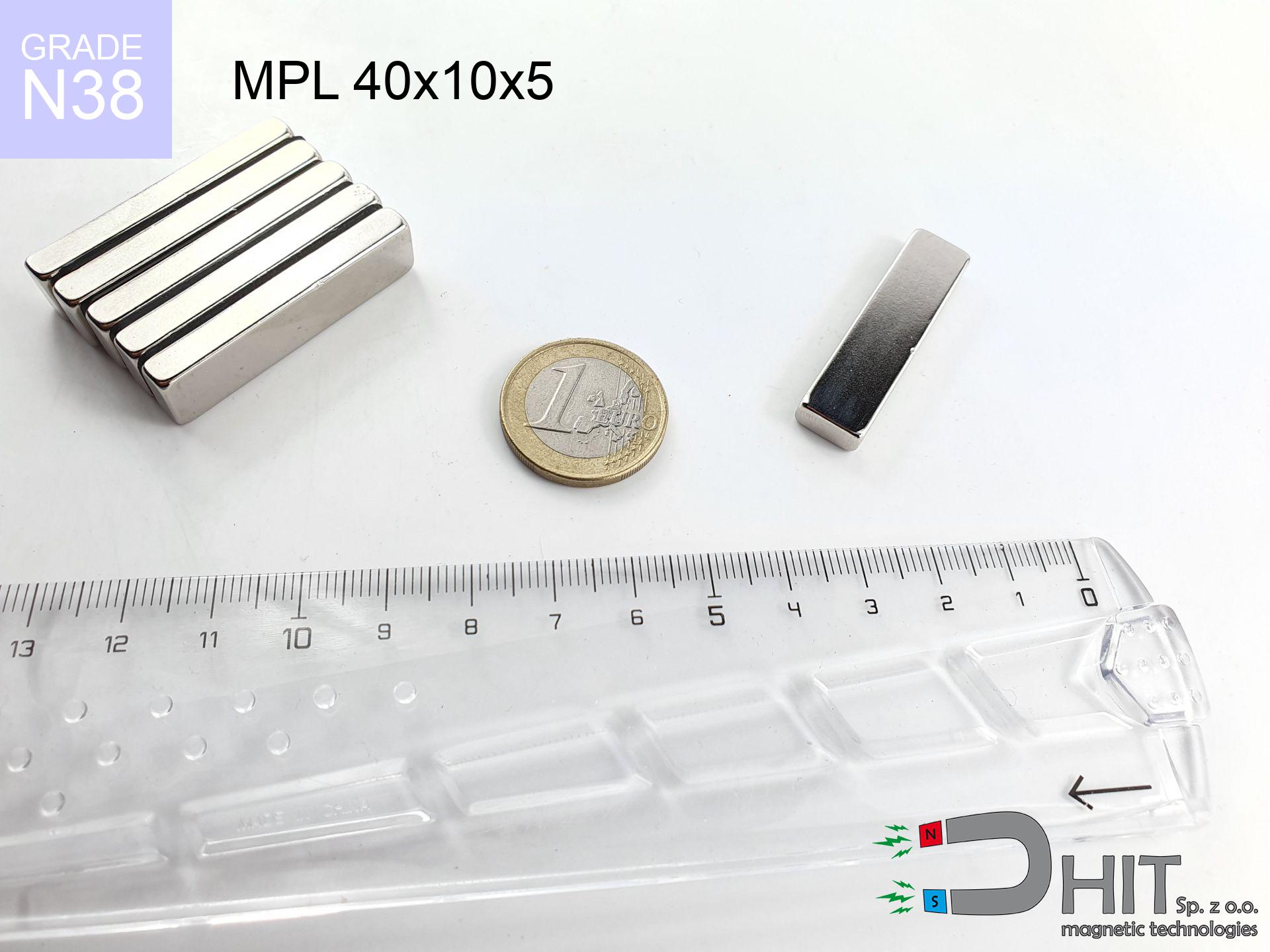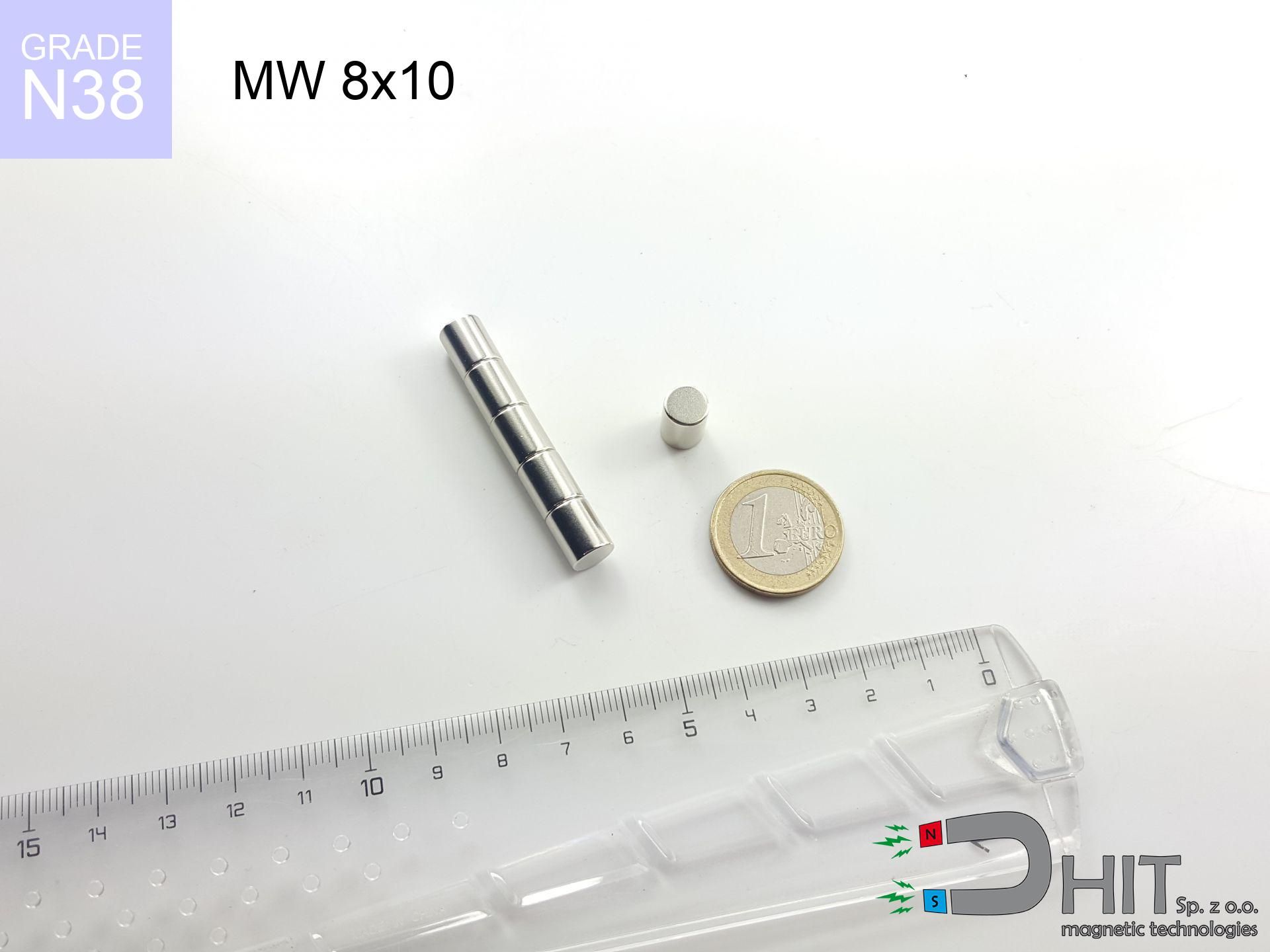SMZR 25x125 / N52 - magnetic separator with handle
magnetic separator with handle
Catalog no 140233
GTIN: 5906301813415
Diameter Ø [±0,1 mm]
25 mm
Height [±0,1 mm]
125 mm
Weight
0.01 g
369.00 ZŁ with VAT / pcs + price for transport
300.00 ZŁ net + 23% VAT / pcs
bulk discounts:
Need more?Not sure about your choice?
Call us
+48 888 99 98 98
otherwise get in touch by means of
inquiry form
the contact section.
Weight as well as structure of magnets can be verified with our
magnetic calculator.
Orders submitted before 14:00 will be dispatched today!
SMZR 25x125 / N52 - magnetic separator with handle
Magnetic properties of material N52
Physical properties of NdFeB
Shopping tips
Advantages and disadvantages of neodymium magnets NdFeB.
In addition to their tremendous strength, neodymium magnets offer the following advantages:
- They retain their magnetic properties for nearly 10 years – the loss is just ~1% (based on simulations),
- They remain magnetized despite exposure to magnetic noise,
- By applying a reflective layer of gold, the element gains a sleek look,
- They have extremely strong magnetic induction on the surface of the magnet,
- Thanks to their high temperature resistance, they can operate (depending on the form) even at temperatures up to 230°C or more,
- With the option for tailored forming and personalized design, these magnets can be produced in various shapes and sizes, greatly improving design adaptation,
- Key role in modern technologies – they find application in hard drives, electric drives, medical equipment along with sophisticated instruments,
- Relatively small size with high magnetic force – neodymium magnets offer intense magnetic field in compact dimensions, which makes them useful in compact constructions
Disadvantages of neodymium magnets:
- They can break when subjected to a heavy impact. If the magnets are exposed to physical collisions, it is suggested to place them in a protective case. The steel housing, in the form of a holder, protects the magnet from fracture and strengthens its overall strength,
- They lose strength at high temperatures. Most neodymium magnets experience permanent decline in strength when heated above 80°C (depending on the form and height). However, we offer special variants with high temperature resistance that can operate up to 230°C or higher,
- Magnets exposed to damp air can oxidize. Therefore, for outdoor applications, we suggest waterproof types made of non-metallic composites,
- The use of a protective casing or external holder is recommended, since machining multi-axis shapes in neodymium magnets is not feasible,
- Possible threat due to small fragments may arise, when consumed by mistake, which is important in the health of young users. Furthermore, miniature parts from these magnets can hinder health screening once in the system,
- Due to a complex production process, their cost is above average,
Maximum magnetic pulling force – what contributes to it?
The given holding capacity of the magnet corresponds to the highest holding force, determined in the best circumstances, that is:
- with mild steel, used as a magnetic flux conductor
- of a thickness of at least 10 mm
- with a smooth surface
- with zero air gap
- with vertical force applied
- in normal thermal conditions
Lifting capacity in practice – influencing factors
In practice, the holding capacity of a magnet is affected by these factors, in descending order of importance:
- Air gap between the magnet and the plate, because even a very small distance (e.g. 0.5 mm) can cause a drop in lifting force of up to 50%.
- Direction of applied force, because the maximum lifting capacity is achieved under perpendicular application. The force required to slide the magnet along the plate is usually several times lower.
- Thickness of the plate, as a plate that is too thin causes part of the magnetic flux not to be used and to remain wasted in the air.
- Material of the plate, because higher carbon content lowers holding force, while higher iron content increases it. The best choice is steel with high magnetic permeability and high saturation induction.
- Surface of the plate, because the more smooth and polished it is, the better the contact and consequently the greater the magnetic saturation.
- Operating temperature, since all permanent magnets have a negative temperature coefficient. This means that at high temperatures they are weaker, while at sub-zero temperatures they become slightly stronger.
* Lifting capacity testing was performed on a smooth plate of suitable thickness, under a perpendicular pulling force, however under parallel forces the holding force is lower. Moreover, even a small distance {between} the magnet’s surface and the plate reduces the load capacity.
Safety Guidelines with Neodymium Magnets
Neodymium magnets can demagnetize at high temperatures.
Although magnets have shown to retain their effectiveness up to 80°C or 175°F, this temperature may vary depending on the type of material, shape, and intended use of the magnet.
Neodymium magnets are over 10 times more powerful than ferrite magnets (the ones in speakers), and their power can surprise you.
Read the information on our website on how to properly utilize neodymium magnets and avoid significant harm to your body and unintentional disruption to the magnets.
Keep neodymium magnets as far away as possible from GPS and smartphones.
Intense magnetic fields generated by neodymium magnets interfere with compasses and magnetometers used in navigation, as well as internal compasses of smartphones and GPS devices.
It is essential to maintain neodymium magnets away from children.
Remember that neodymium magnets are not toys. Be cautious and make sure no child plays with them. Small magnets can pose a serious choking hazard. If multiple magnets are swallowed, they can attract to each other through the intestinal walls, causing severe injuries, and even death.
Neodymium magnetic are extremely fragile, they easily break and can crumble.
In the event of a collision between two neodymium magnets, it can result in them getting chipped. They are coated with a shiny nickel plating similar to steel, but they are not as hard. At the moment of collision between the magnets, tiny sharp metal fragments can be propelled in various directions at high speed. Eye protection is recommended.
You should maintain neodymium magnets at a safe distance from the wallet, computer, and TV.
Magnetic fields generated by neodymium magnets can damage magnetic storage media such as floppy disks, credit cards, magnetic ID cards, cassette tapes, video tapes, or other similar devices. They can also damage televisions, VCRs, computer monitors, and CRT displays. You should especially avoid placing neodymium magnets near electronic devices.
The magnet is coated with nickel. Therefore, exercise caution if you have an allergy.
Studies clearly indicate a small percentage of people who suffer from metal allergies such as nickel. An allergic reaction often manifests as skin redness and rash. If you have a nickel allergy, try wearing gloves or avoid direct contact with nickel-plated neodymium magnets.
Dust and powder from neodymium magnets are highly flammable.
Do not attempt to drill into neodymium magnets. Mechanical processing is also not recommended. Once crushed into fine powder or dust, this material becomes highly flammable.
Neodymium magnets are not recommended for people with pacemakers.
Neodymium magnets generate very strong magnetic fields that can interfere with the operation of a pacemaker. This is because many of these devices are equipped with a function that deactivates the device in a magnetic field.
Neodymium magnets can attract to each other, pinch the skin, and cause significant injuries.
Magnets will bounce and also touch together within a distance of several to almost 10 cm from each other.
Pay attention!
To show why neodymium magnets are so dangerous, read the article - How very dangerous are very powerful neodymium magnets?.





![HH 42x8.8 [M6] / N38 - through hole magnetic holder HH 42x8.8 [M6] / N38 - through hole magnetic holder](https://cdn3.dhit.pl/graphics/products/hh-42x8.8-m6-hin.jpg)


